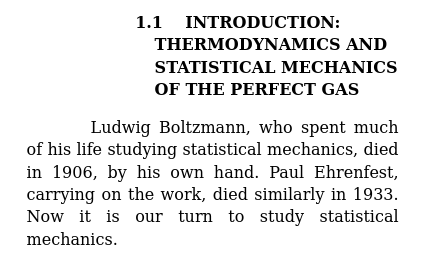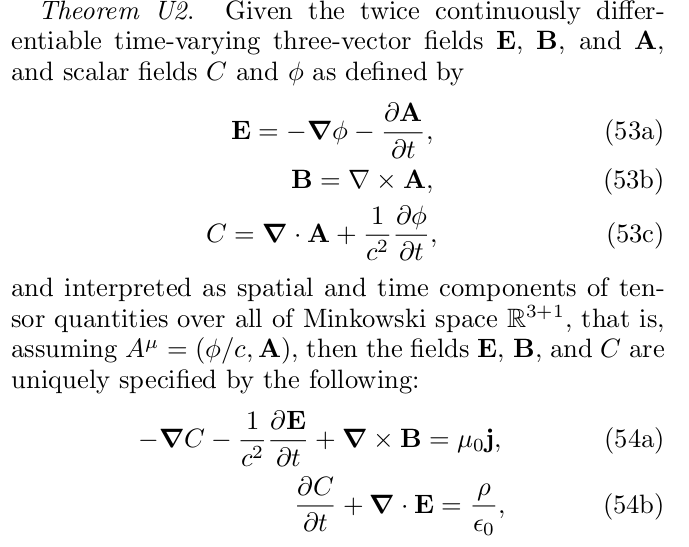The 2021 paper, An Experiment to Form a Radio Communication Channel in a Marine Environment will, of course, strike most as crackpot physics since not only is it from a Russian institute (Tomsk Polytechnic University) it concludes with:
Thus, the possibility of creating a high-frequency radio communication channel in the marine environment has been proved experimentally under natural conditions. Presumably, this happens using electroscalar waves. The effect of transmission of a high-frequency radio signal across the interface between two media—seawater and air—has been found.
However, for yours truly it is not so easy to dismiss and the consequences for submarines – particularly Russian subs – may be profound. Late 2014-2016 I was involved with the development of system based on a patent for irrotational magnetic vector potential wave communication. I was writing the computer models of experimental results. “irrotational” MVP is sometimes called “longitudinal” MVP. It is frequently called “electroscalar”. These phrases are often associated with “suppressed technologies of Nikola Tesla” – spawning all manner of conspiracy theories. The way my involvement came about was rather strange, as one might imagine, and will do little to quell speculation.
Just after the DotCon bubble burst and the $500M Internet Chapter 2 project at HP blew a gasket, the mathematician (Tom Etter) I’d hired to try to come up with a relational programming paradigm to deal with nondeterminism in network synchronization (because he had a new approach to quantum information systems), was hired by Dick Shoup at a spin-off of Interval Research: The newly formed Boundary Institute. Federico Fagin underwrote this work because it promised to bring a new mathematical paradigm to bear on VLSI state machine circuit design (essentially involving imaginary logic states). Almost immediately, the scope of work expanded to involve theoretic predictions of how observers interact with quantum systems that could be used to construct rigorous psi experiments. Unfortunately, this immediately attracted the attention of Big Names In Psi and they showed up like a herd of bulls in a china shop, and the careful work Tom had done at Interval, HP and now was going to do at Boundary, got drowned out in the noise. This was frustrating to me because I’d really wanted to get the Internet Chapter 2 stuff Tom started under my sponsorship at HP hooked up with Fagin’s motive for underwriting Boundary.
7 years later I ended up moving back to Iowa with my late wife to be around family to help deal with her HD. Lo and behold a colleague of mine, Charlie Smith the guy who funded the second neural network summer with System Development Foundation money, had coincidentally moved to the next county over. So Charlie and I started working on projects together. One day I casually mentioned to Charlie that there was this guy I’d hired at HP to work on quantum theory in computer networks who ended up at an institute where they were researching psi phenomena. Charlie immeditely said, "You’ve got to read Carver Mead’s book “Collective Electrodynamics”! This seemed like such a non-sequitur that it caught me by surprise, so I asked him what the big deal was with that book. He said Carver (who was an old friend of his) had been itching to write a text book for electrodynamics based on the magnetic vector potential ever since the 1970s but he got diverted into VLSI to pay the bills. So I agreed to take a look at it, but not understanding what the connection was to the topic of psi, I didn’t prioritize reading it.
Well, a few years later, a mutual colleague of ours, whose father was one of the early radar researchers, forwarded me an email from a student of his father’s claiming he had a way of transmitting information using irrotational magnetic vector potential. So I forwarded it to Charlie. Charlie went nonlinear and immediately admonished this colleague, who was in Urbana at the time, to get together with others in the Urbana area, including a recently-retired chief scientist at a local commercial physics lab and childhood friend of our colleague, to see if they could reproduce the phenomena. Using the retired scientist’s basement equipment collected over his career they set to work. I received regular reports and I started writing computer models.
About the time results came in that the scientist called “definitive”, he was diagnosed with cancer. He declined fast. I was having difficulty getting a computational model to match the empirical results and, unfortunately, the scientist died before I had done so. The mutual colleague went into an emotional tailspin and nearly became homeless before I managed to mount a campaign to rescue him, bring him to my farmhouse in Iowa and rescue the experimental apparatus from the estate sale. However, I was not competent to complete the work and, in any event, had my hands full with a wife going increasingly psychotic from HD in combination with a near-suicidal colleague. But at least I had the equipment and could try to help the colleague recover enough emotional stability to get enough information out of him to complete the computational model. This I believe I managed to do, but the colleague never really recovered and I eventually had call for help from his family members in California to deal with him, as I was helping my wife transition to a higher level of care than I could provide her.
I could go on about why nothing came of this, but one thing that has happened to bring this work in Russia to my attention is that the colleague has now recovered and is trying to make amends for driving investors away during his mental instability – so he’s been calling me with lots of questions and ideas about how to revive the project.
I found out about the above 2021 Russian experiment today.


